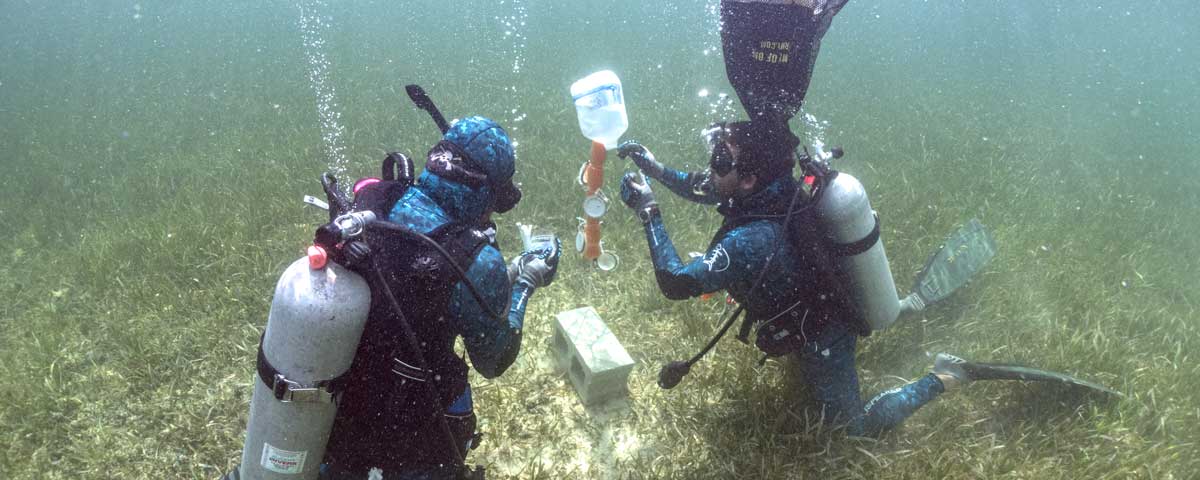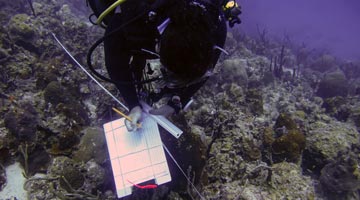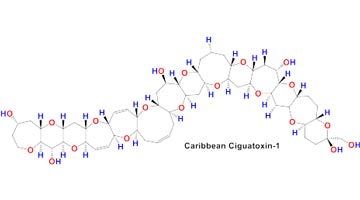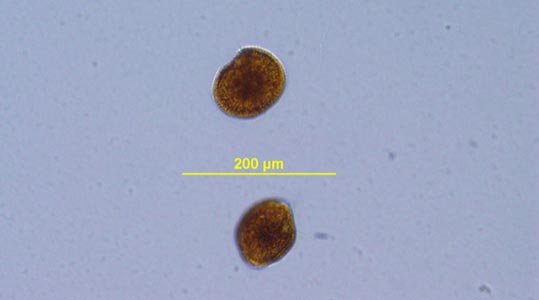
Our Research
Linking the chemical and biological diversity of epiphytic dinoflagellates in tropical oceans: Advancing global understanding on the origin of ciguatera.
OUR RESEARCH
Linking the chemical and biological diversity of epiphytic dinoflagellates in tropical oceans: Advancing global understanding on the origin of ciguatera.
Goals

Evaluate Community Diversity
Evaluate epiphyte and Gambierdiscus community diversity and macrophyte host selectivity across spatio-temporal scales and environmental gradients in coral reef ecosystems

Characterize Community Meta-Metabolome
Characterize the meta-metabolome of these communities, structurally elucidate key metabolites, and develop methods to evaluate their toxicity and functional role

Utilize Chemical Biomarkers
Utilize chemical biomarkers (toxins, lipids, stable isotopes) in bio-indicator species (primary producers and consumers) and model their fate in reef food webs
Research Overview
Coral reef ecosystems are among the most biodiverse habitats on earth, providing ecosystem services and fishery resources critical to coastal communities. A significant threat to utilizing this resource is ciguatera fish poisoning (CFP), which is estimated to affect more than 10% of island populations globally, and is the most prevalent non-bacterial seafood illness worldwide. Ciguatoxins (CTXs) are produced by toxigenic phenotypes of the benthic dinoflagellate Gambierdiscus (i.e., super-bugs) and enter reef food webs via herbivorous grazing on macroalgal substrates. Mechanisms and identification of toxins are largely unknown, but their elucidation is critical to the development of monitoring approaches for public health protection. The central hypothesis of this PIRE program is that toxigenic benthic dinoflagellates produce a stable meta-metabolome allowing them to prosper in an otherwise unstable environment driven by shifts in the epiphytic flora, available substrates, and environmental conditions. Moreover, the stability and advantages gained in this meta-metabolome are universal across toxigenic genera and applicable to many (sub)tropical reef environments. This hypothesis will be tested by examining the dynamics and persistence of Gambierdiscus super-bugs in reefs around the globe to better understand the production and fate of their toxic metabolites. Hypothesis testing will comprise three research objectives:
- to evaluate epiphyte community diversity and macrophyte host selectivity across spatio-temporal scales and environmental gradients in coral reef ecosystems;
- to characterize the meta-metabolome of these communities, structurally elucidate key metabolites, and develop methods and reference materials to evaluate their role; and,
- utilize chemical biomarkers (toxins, lipids, stable isotopes) in bio-indicator species, and model their fate in reef food webs.
The international PIRE team comprise six U.S. institutions and engage collaborators from six countries (Hong Kong, Cuba, Norway, Canada, Scotland, Australia). These international partnerships are essential because:
- CFP is a natural phenomenon of global concern, and due to the complexity of biological-chemical interactions, is poorly understood;
- there are no standardized detection methods or monitoring/management strategies for toxigenic benthic algae, hampering advancements on a global scale;
- international research programs prepare U.S. students to be part of a global scientific community fostering leadership skills critical to their success.
Research Goals
- Evaluate epiphyte and Gambierdiscus community diversity and macrophyte host selectivity across spatio-temporal scales and environmental gradients in coral reef ecosystems
- Characterize the meta-metabolome of these communities, structurally elucidate key metabolites, and develop methods to evaluate their toxicity and functional role
- Utilize chemical biomarkers (toxins, lipids, stable isotopes) in bio-indicator species (primary producers and consumers) and model their fate in reef food webs